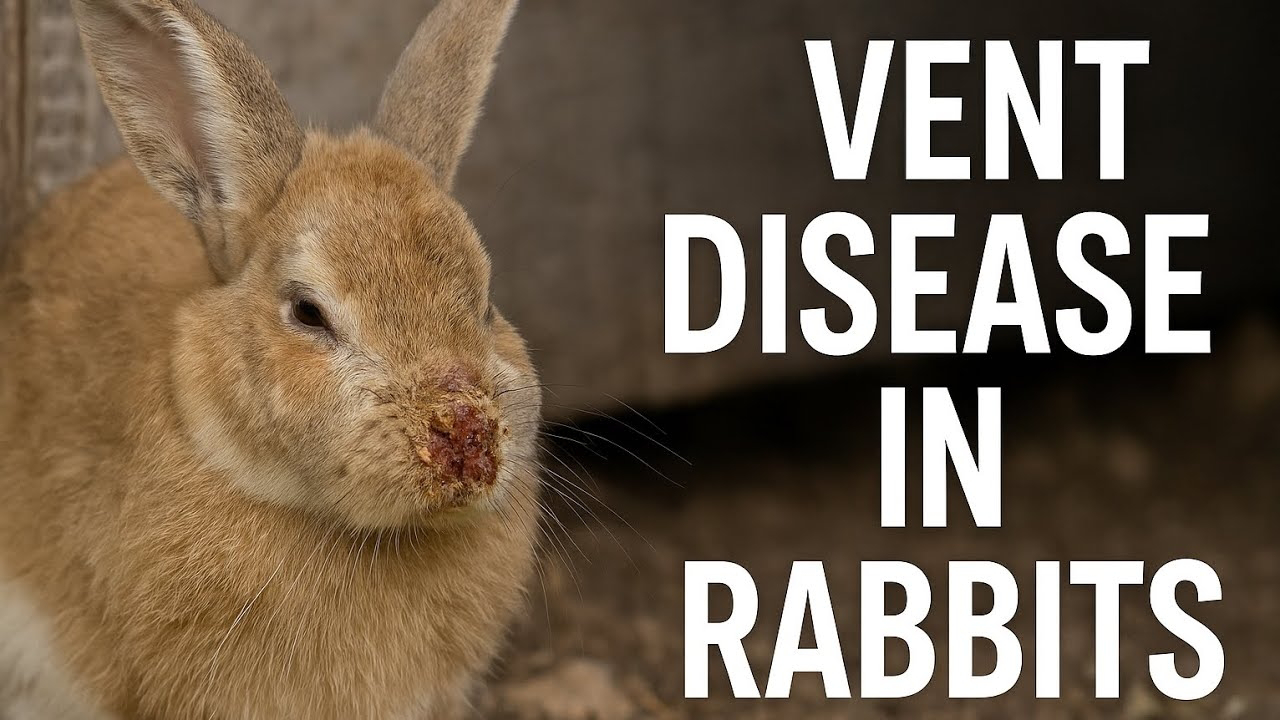Welcome to Andersen Acres! Follow our hobby farm adventures with goats, ducks, chickens, rabbits, and more. We share behind-the-scenes updates, animal care tips, and the daily chaos of farm life. Watch our latest YouTube videos and read detailed episode descriptions, all in one easy place. Whether you're into homesteading, animals, or just a bit of farm humor, you’ll feel right at home here!
Tuesday, July 1, 2025
Vent Disease in Rabbits – What It Is and How to Prevent It
Farm Vlog – Breeding Rabbits, Candling Quail Eggs, and Making Butter in the Heat
Monday, June 30, 2025
Farm Vlog – Socializing Livestock Guardian Puppies With Ducks, Chickens, and Rabbits
How to Keep Chickens Cool in the Summer – Tips That Actually Work
If you're a hobby farmer, you know that summer heat isn't just uncomfortable for you — it can be downright dangerous for your chickens. Unlike us, chickens can't sweat. Instead, they rely on panting, spreading their wings, and finding shade to regulate their body temperature. But during heatwaves, those natural coping mechanisms often aren't enough. Let’s go over what actually works when it comes to keeping your flock safe, healthy, and as cool as possible.
1. Provide Plenty of Shade
The easiest and most effective way to help your chickens is to ensure they have access to lots of shade — and not just inside the coop. In fact, coops can become dangerously hot during the day. Make sure your run has natural shade from trees or add shade cloths, tarps, or even repurposed old sheets to block the sun. Rotate shade structures if needed to follow the sun’s movement.
2. Keep the Water Flowing (and Cool)
Water is critical. Chickens can’t handle dehydration well, and they drink more when it's hot. Place waterers in the shade and refill them often with cool (not ice-cold) water. Adding ice blocks or frozen water bottles to the drinkers can help keep it cooler longer. Electrolytes in the water once or twice a week during peak heat can also give them a boost.
3. Offer Frozen Treats
Yes, chickens love a popsicle moment! Try freezing fruits like watermelon chunks, berries, or corn in muffin tins of water and handing them out mid-afternoon. Not only does it give them a fun enrichment activity, but it cools them down from the inside out.
4. Ventilation Is Key
A well-ventilated coop is essential year-round but becomes life-saving in summer. Check for airflow — you want vents near the roof (heat rises!) and maybe even a fan to move air on still days. Just be sure it’s safe from dust and feathers. Never close off ventilation to “keep in cool air” — that traps heat and ammonia.
5. Dust Baths in the Shade
Chickens love to bathe in dust, and it helps them regulate temperature while warding off mites. Place dust bath areas in shaded zones and keep them dry. You can add herbs like mint or lavender for a cooling bonus (and a sweet smell!).
6. Avoid Overcrowding
Too many chickens in one space generates more body heat and reduces air circulation. Make sure your flock has enough space both in the coop and in the run to spread out and move around freely.
7. Adjust Feeding Times
Digestion generates heat. Try feeding your chickens in the early morning and later in the evening when it’s cooler. Avoid heavy feeds like cracked corn in the heat of the day, as it can increase internal body temp.
8. Watch for Signs of Heat Stress
Know the warning signs: panting, wings held away from the body, pale combs, droopy behavior, or lethargy. In severe cases, chickens may collapse. If that happens, move them to a cool place immediately, mist them lightly with cool (not cold) water, and offer electrolytes.
Final Thoughts
Keeping chickens cool in the summer takes a little planning, but it’s worth every effort to keep your flock safe and happy. When the temperatures rise, don’t wait until it’s too late — take proactive steps now to prevent heat stress.
Do you have a favorite trick to help your flock chill out? Let us know in the comments — we love learning from fellow hobby farmers!



